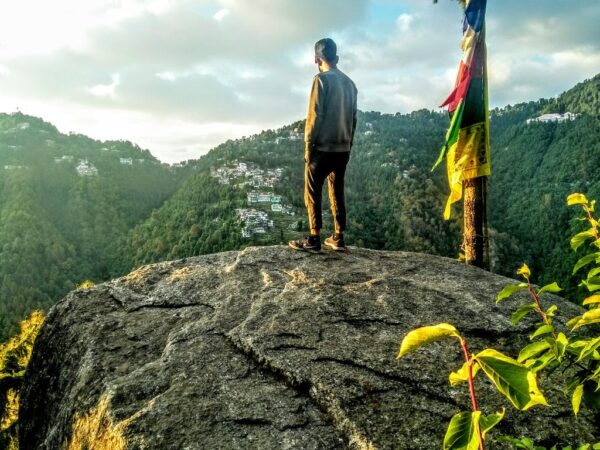One of the hardest things to do when planning a new trip is the packing. What do you need? What can stay behind? Do you really need all those toiletries?! No, you probably don’t. It’s still tricky to decide what to take with you, but once you get away from home you’ll realise you don’t actually need all that much.
In this post, we’ll take a closer look at how to pack ultralight for your outdoor adventures. With less weight on your shoulders, you’ll have more of an opportunity to make the most of your surroundings!
Backpack, not suitcase
When it comes to outdoor adventures, there’s only one thing that will adequately hold your stuff. And that’s a backpack. Just imagine how much hard work it is dragging a suitcase around through a city, let alone taking it on a hike. However, it can be hard to choose which kind of backpack is for you. Usually, on a multi-day hike, a 55 litre backpack that can fit in all of your clothes and essentials should be enough. However, if you’re able to travel ultra-light, then a smaller backpack (less than 40 litres) or a duffel bag might be enough.
If you’re planning on visiting somewhere that has a lot of great day hikes, for example Huaraz in Peru, then it’s a good idea to have a day pack as well as your large backpack. This means you can fit in just what you need for the day, before being safely reunited with your belongings when you get back to your accommodation in the evening.
Be sure when choosing a backpack to pay attention to the build. Try them on if possible and get the one that fits best to your body. The rule of thumb is that your backpack should never be more than 75% full – so don’t fill it to the top!
Only take the essentials
Having your backpack just 75% full brings us onto the next point of our list. Just because you have 55 or 65 litres on your back, you don’t need to use it. Looking specifically at hiking, the outdoor essentials will be a couple of changes of (lightweight) clothing, a first aid kit, and room for food and water. Perhaps a camera and a book. However, extra clothes and toiletries etc are a luxury that you don’t need. You might not feel that way when you leave, but your body will thank you later on when it’s not lugging around unnecessary weight!
The simple test is to lay out all of your things before putting them in your backpack. Ask yourself if you really need them on the duration of your hike. If the answer is no, leave it behind.
Take ultralight equipment
Now that you probably have a better idea of what you consider essentials, let’s see if you can lose any more weight on them. After all, hiking and camping (and other outdoor equipment) can require a lot of equipment. So, on top of your backpack you’ll be looking at things like tents and sleeping bags. With these on your back, you’ll need lightweight options so as not to limit your body and drain you of energy.
If you can keep options such as clothes to a minimum too, that’s always a good sign. You can even keep the weight of extra equipment down to a minimum. For example, if you’re planning on stand-up paddle boarding during your adventures, why not take an iSUP? An inflatable board is more space effective than a hard board, while losing none of the stability on the water.
Travel with others to split the weight
Obviously, not everyone will have this luxury. However, one thing you can make use of when you’re travelling with friends or family is spreading the weight evenly. For example, if your travel buddy is taking the tent, you could keep the sleeping bags – making it an easier and fairer trip too. Taking turns on heavier items will give you time for your bodies to recover, so you won’t feel exhausted when you arrive at your destination.
Final Thoughts on How to Pack Lightly for Your Outdoor Adventures
Once you accept the difference between desirables and essentials, it really isn’t that hard to pack ultralight. For more information on how to pack ultralight and some awesome lightweight shelters, backpacks, clothing, especially A stand up paddleboard, check out GiliSports inflatable SUP.

